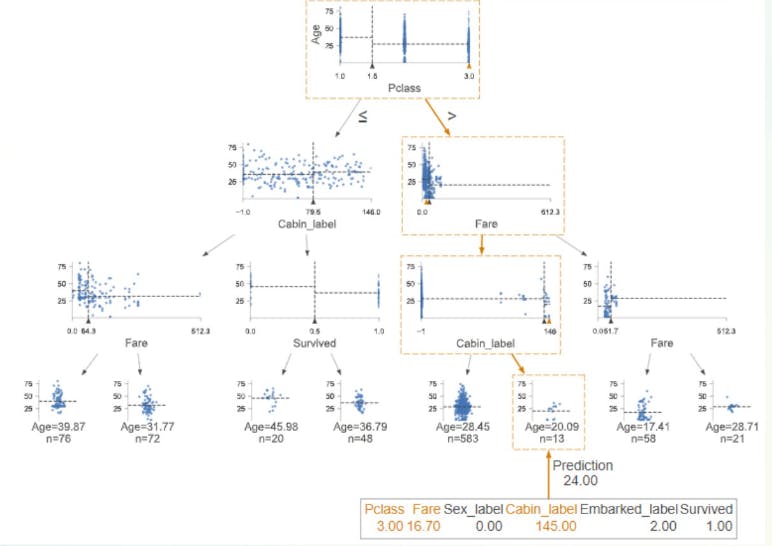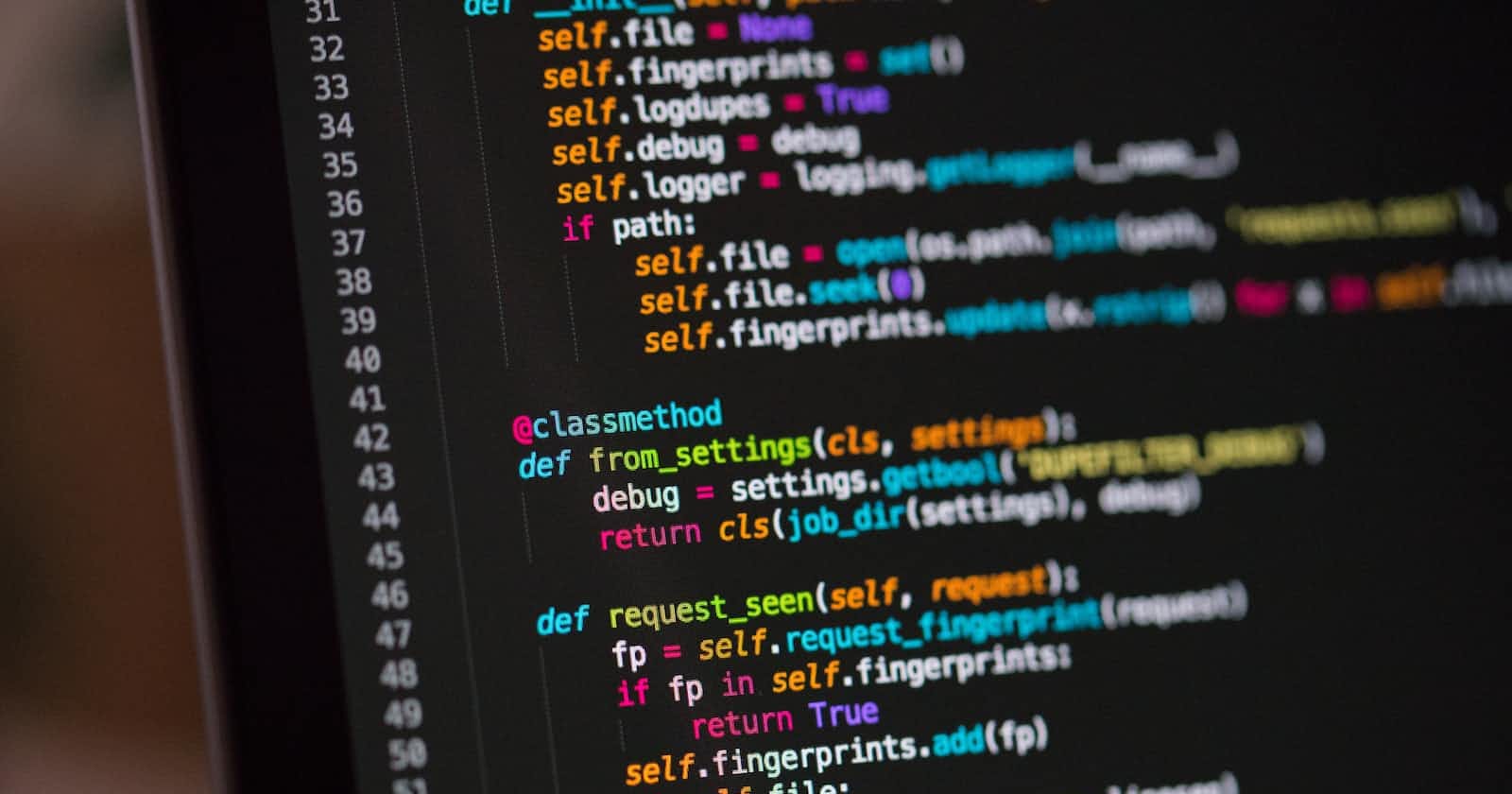Introduction
Predictive analytics and machine learning play a pivotal role in extracting insights and making informed decisions from complex datasets. In this article, we'll take you on a journey through the fundamental concepts of predictive analytics and machine learning. We'll explore the distinction between supervised and unsupervised learning and delve into popular algorithms like linear regression, decision trees, and k-means clustering. To solidify your understanding, we'll also walk you through a simple example of building a predictive model.
Predictive Analytics and Machine Learning: Unveiling the Basics
Predictive analytics involves using historical data to predict future outcomes or trends. Machine learning, on the other hand, is a subset of artificial intelligence that empowers computers to learn from data and make predictions or decisions without explicit programming. Machine learning algorithms fall into two main categories: supervised learning and unsupervised learning.
Supervised Learning vs. Unsupervised Learning
Supervised Learning: In supervised learning, the algorithm learns from labeled training data, where the input features are paired with corresponding target outcomes. The goal is to learn a mapping from input to output, enabling the algorithm to make accurate predictions on new, unseen data. Linear regression and decision trees are examples of supervised learning algorithms.
Unsupervised Learning: Unsupervised learning involves working with unlabeled data, aiming to uncover hidden patterns, groupings, or structures within the data. Algorithms in this category do not have explicit target outcomes. K-means clustering is a popular unsupervised learning algorithm that groups similar data points together.
Exploring Algorithms: Linear Regression, Decision Trees, and K-Means Clustering
1. Linear Regression: Linear regression is a supervised learning algorithm used for predicting a continuous numeric output based on one or more input features. It assumes a linear relationship between the inputs and the output. Here's a simple code snippet in Python using the scikit-learn library to build a linear regression model:
from sklearn.linear_model import LinearRegression
# Sample data
X = [[1], [2], [3], [4]]
y = [2, 4, 5, 4]
# Create a linear regression model
model = LinearRegression()
model.fit(X, y)
# Predict using the trained model
predicted_values = model.predict([[5]])
print("Predicted value:", predicted_values[0])
2. Decision Trees: Decision trees are versatile supervised learning algorithms that can handle both regression and classification tasks. They work by recursively splitting the data into subsets based on the most informative features. Here's a simplified example of a decision tree:

Fancy Decision tree visualization by @levikul09 on X. Check out the examples and code here.
3. K-Means Clustering: K-means clustering is an unsupervised learning algorithm used to group similar data points together in clusters. It aims to minimize the distance between data points within a cluster while maximizing the distance between clusters. Here's how you can implement k-means clustering using Python and scikit-learn:
from sklearn.cluster import KMeans
import numpy as np
# Sample data
X = np.array([[1, 2], [5, 8], [1.5, 1.8], [8, 8], [1, 0.6], [9, 11]])
# Create a k-means clustering model with 2 clusters
kmeans = KMeans(n_clusters=2)
kmeans.fit(X)
# Predict cluster labels for each data point
labels = kmeans.predict(X)
print("Cluster labels:", labels)
Building a Predictive Model: A Practical Example
Let's consider a scenario where we aim to predict a student's exam score based on the number of hours they studied. We'll use linear regression for this simple predictive model.
import matplotlib.pyplot as plt
import numpy as np
from sklearn.linear_model import LinearRegression
# Sample data
hours_studied = np.array([2, 3, 5, 7, 9, 10])
exam_scores = np.array([60, 65, 75, 85, 95, 100])
# Reshape the data for the model
X = hours_studied.reshape(-1, 1)
# Create a linear regression model
model = LinearRegression()
model.fit(X, exam_scores)
# Predict exam scores for new study hours
new_hours = np.array([[4]])
predicted_score = model.predict(new_hours)
print("Predicted exam score:", predicted_score[0])
# Visualize the data and regression line
plt.scatter(hours_studied, exam_scores, color='blue')
plt.plot(X, model.predict(X), color='red')
plt.xlabel('Hours Studied')
plt.ylabel('Exam Score')
plt.title('Predictive Model: Hours Studied vs. Exam Score')
plt.show()
Conclusion
In this article, we've uncovered the essential concepts of predictive analytics and machine learning. We've explored the differences between supervised and unsupervised learning, delved into algorithms like linear regression, decision trees, and k-means clustering, and even walked through a practical example of building a predictive model using linear regression. As you continue your journey into the world of data science, these foundational concepts will empower you to extract insights and make predictions from data with confidence.


